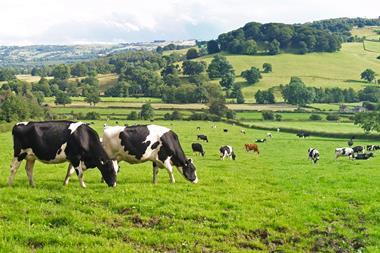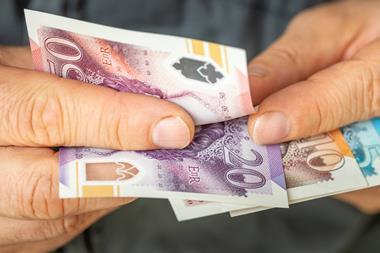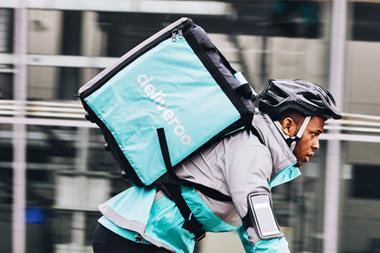Price, positioning and ranges
Some 64% of store managers would like more autonomy to set prices, arrange promotions and choose ranges.
Clive Vaughan, director of consultancy Retail Intelligence, looks at what Sainsbury needs to do on price and position
Sir Peter should focus on the phrase Good food costs less at Sainsbury's'. This best epitomises what the business should stand for. It is not a shop for cheap food and the disastrous John Cleese adverts put customers off by suggesting that.
Sainsbury's supermarkets have an average size of 30,000 sq ft which does not provide much scope for developing a non food offer. Any recovery strategy has to focus on improving customer perception of the food offer.
Its customers are affluent and aspirational, valuing quality over cheap in the value for money equation.
The way forward for Sainsbury's is to accentuate its traditional strengths and become an exciting food emporium offering unparalleled choice. This needs to be developed with a close understanding of its customers' lifestyles and preferences, which can only come from sophisticated use of loyalty card data. A focus on fresh foods and meal solutions needs to extend across organic and vegetarian options. This can be combined with more active selling in store with tastings, chef displays and meal planning services. Sainsbury's needs to come up with a convincing answer to Tesco's Finest range.
The costs less' part must not be lost sight of. Sainsbury's need to exploit its scale of operation, and alliances like the GlobalNetXchange, to offer premium products at affordable prices and to market this strongly. Extra value would come from individually targeted promotions to Reward card holders.
The objective must be to make Sainsbury's the place to go for good (why not outstanding?) food and to make life harder for Waitrose and M&S food. Pursuing a wider agenda of supporting British farmers, especially more eco-friendly ones, also ought to be part of the recovery strategy.
{{COVER FEATURE }}
Close menu
- Home
- Retail & Wholesale
-
Products & Suppliers
- Back to parent navigation item
- Products & Suppliers
-
Product Categories:
- Back to parent navigation item
- Product Categories:
- Alcoholic drinks
- Bakery
- Cereals & breakfast
- Cheese
- Chicken & poultry
- Chocolate
- Confectionery
- Crisps, nuts & snacks
- Dairy
- Fish
- Fresh produce
- Frozen
- Household
- Meat
- Own Label
- Sauces & condiments
- Seasonal
- Soft drinks
- Vaping
- Vegan & plant-based
- World foods
- Suppliers
- People
- Reports & Data
-
Topics A-Z
- Back to parent navigation item
- Topics A-Z
-
Popular topics:
- Back to parent navigation item
- Popular topics:
- Cost of living crisis
- Crime
- Deposit Return Schemes
- Finance
- Government & Regulation
- Health
- Inflation
- Loyalty
- Marketing
- Mergers & Acquisitions
- New Product Development
- Sourcing
- Supply chain
- Sustainability & environment
- Technology
- Ultra Processed Foods
- Vaping
- A-Z all topics
- Content by type:
- Events
- Subscribe now
Sign in to comment on this article
Not logged in before? Register for FREE guest access today.
You will be able to:
- Read more stories
- Receive daily newsletters
- Comment on stories
Advert



















No comments yet